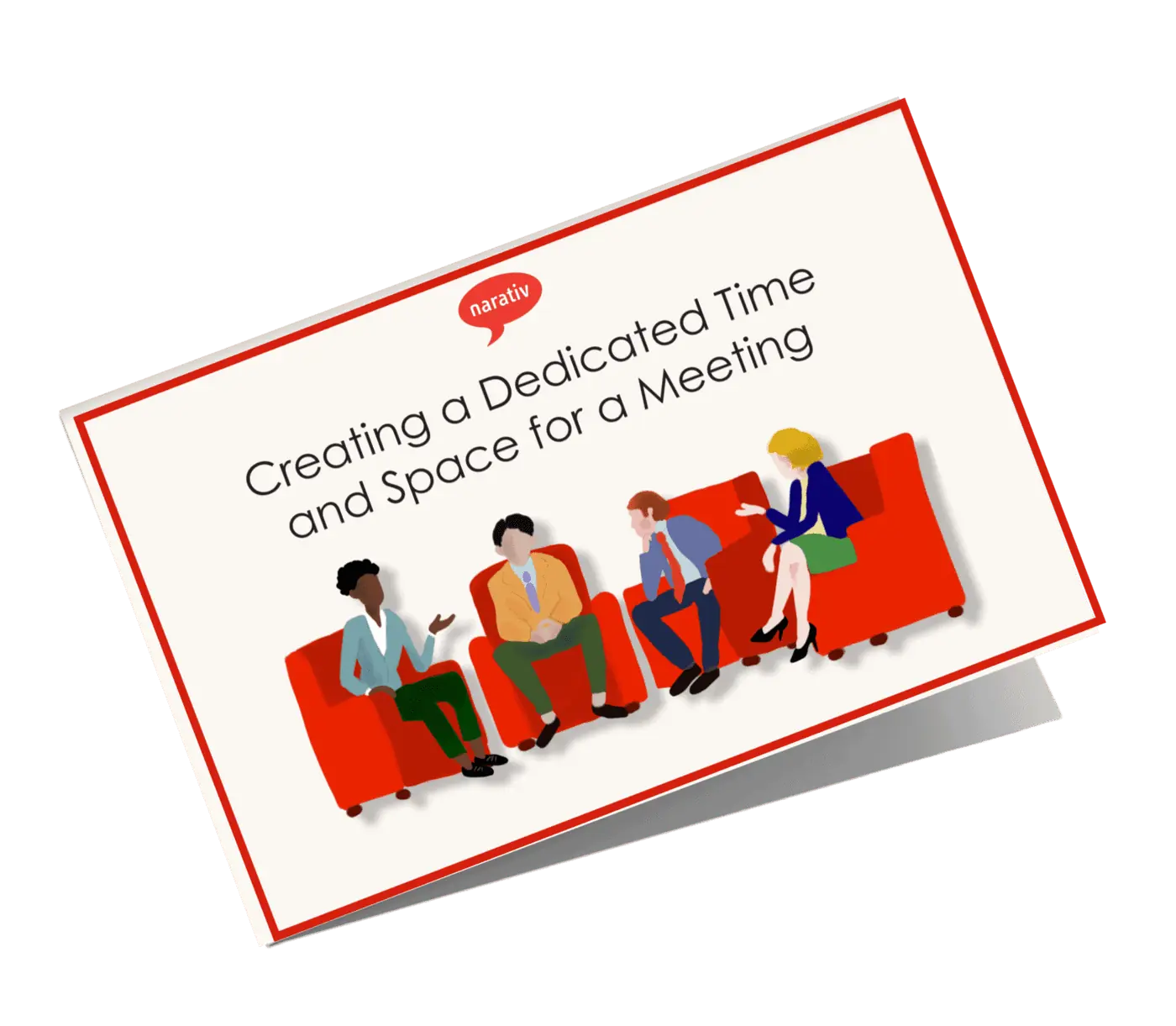Whether you’re familiar with them or not, your workplace has a lot of safety regulations. Even if you aren’t in a workplace with a lot of physical hazards, chances are that it gets a safety inspection at least once a year, and you most likely give your company the benefit of the doubt that they’re following physical safety standards. There are, however, no particular regulation standards for ensuring a psychologically safe workplace.
As an HR leader, you most likely have some stewardship over the mental well-being of your employees. However, the specifics on the standards for psychological safety at work are often quite a bit less defined. Even so, if you function in any leadership capacity, you should invest just as much effort into ensuring that your workplace is psychologically safe as you do in ensuring it’s physically safe—not just as a moral obligation, but in the interest of the overall success of your company as well.
What Does Psychologically Safe Mean?
According to Dr. Timothy Clark, author of The 4 Stages of Psychological Safety: Defining the Path to Inclusion and Innovation, psychological safety is a condition of the human brain that results from:
1. Inclusion Safety: A sense of connection and belonging in our environment.
2. Learner Safety: The ability to learn, make mistakes, and ask questions without fear of judgment or ridicule.
3. Contributor Safety: The freedom and safety to use our skills and creativity to make meaningful contributions in our environment.
4. Challenger Safety: The ability to speak up, make suggestions, and challenge the status quo without risking our livelihood.
These are the ideal conditions for any environment where we have to spend a significant amount of time. This is because our brains are built for both survival and for growth, but not at the same time. If the brain is busy surviving, it puts all growth on hold until it perceives the environment as safe. It shouldn’t be hard to intuit from there that any environment where creativity and growth are necessary for success (e.g. a business) should be made as psychologically safe as possible so that the environment can function properly.
5 Benefits of a Psychologically Safe Workplace
Just as we all tend to become resistant to hearing a perpetual sound or smelling an ongoing odor in a room we have been in for a continued period of time, so do we become resistant to seeing what is right in front of us. In this case, we are talking about a workplace that may not be as psychologically safe as you think. By taking time to dig in, really pay attention, and intentionally build a psychologically safe workplace, you might find some areas of improvement that could really impact your organization for the better. Here are 5 proven benefits of maintaining a psychologically safe workplace:
1. Increased employee retention
Employee retention has become a big problem for a lot of companies over the last few years. One reason many employees give for leaving is that they didn’t feel secure in their work environment. Whether an impatient trainer made them feel stupid for asking questions or they just never felt their contributions were meaningful, a psychologically unsafe environment is one of the quickest ways to lose your best people.
2. Improved productivity and performance
As we mentioned earlier concerning growth, a brain in survival mode isn’t optimized for productivity. Be honest: when is the last time you can truthfully say performance anxiety helped you do a good job on something? Unless you’re a rare breed of superhuman, you likely function a lot better when you’re not stressing over little mistakes or are afraid of being fired for asking for a deadline extension. It is a well-studied fact that employees who feel secure and appreciated perform infinitely better than people who are constantly on edge.
3. Greater creativity and innovation
In order for the terrain of a workplace to be fertile for creativity and innovation, the soil must contain a certain level of trust. When that trust is there, employees feel confident in their ability to ask questions and make mistakes—and creativity and innovation are natural byproducts.
To build that trust, there must be connection. Storytelling is a powerful way to create connections between people in a way that can inspire confidence and action. The overall result will be more efficient work processes, a deeper well of ideas for company improvement, and a much more satisfied workforce.
4. Higher inclusion and empathy
In today’s culture, inclusion and empathy are no longer “nice-to-haves”—they are critical if you want to cultivate a productive work environment. A study by the Center for Creative Leadership found that “empathy in the workplace is positively related to job performance.”
Through storytelling we create the opportunity for empathy and inclusion by offering the chance to see the world through another’s eyes, even if only for a short time. Stories can help employees understand one another—and help your leadership better understand their employees. If you want to boast “great workplace culture” on your recruitment ads, then this level of emotional safety at work is absolutely essential.
5. An environment for happy employees
This one ought to be pretty obvious, but if you’ve ever had a job where you were absolutely miserable, you can likely pinpoint the ways in which the workplace made you feel unsafe. If leaders are making the effort to create psychological safety in the workplace, then not only will employees be happier, but they’ll also feel safe enough to bring up any issues (sooner rather than later) that might cause them to become miserable if left to fester.
Really, this all comes down to listening (another of our favorite topics!). It’s critical to create an environment where employees feel safe enough to open up because they are heard. That is what creates the human connections we all crave (more on this in our post on our conversation with Narativ co-founder, Dr. Paul Browde). The fact is that the sooner your company gets comfortable addressing issues, the sooner your employee surveys will start reporting much higher levels of job satisfaction.
Time to Get Started
Now that you know all the benefits of maintaining a psychologically safe workplace, it’s time for your first annual (or bi-annual or quarterly) psychological safety inspection! Once you start identifying issues and making improvements in your workplace, it won’t be long before you will be reaping the benefits.
If you’d like some help with the process, you can find Dr. Clark’s book here. To find out how storytelling can help build a greater sense of workplace security, visit Narativ and book a call with our CEO, Jerome Deroy to discuss business storytelling training today.




